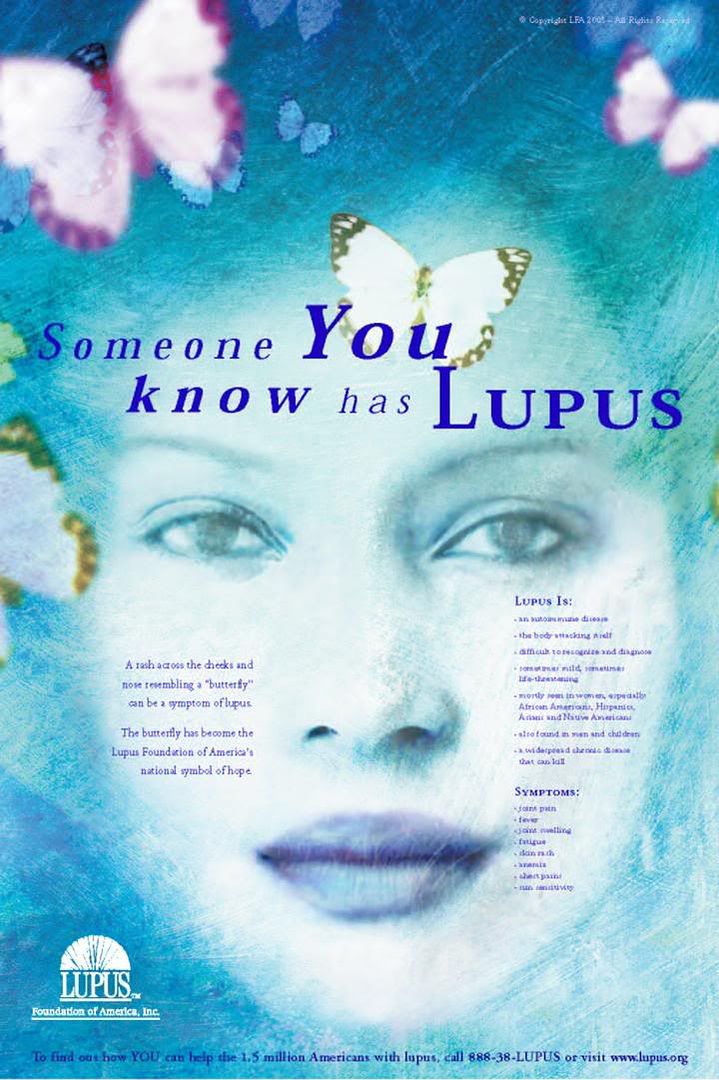 |
|
|
Stem cell transplants offer hope against lupus Wednesday, February 01, 2006 Stem cell transplants offer hope against lupus21:00 31 January 2006 NewScientist.com news service Roxanne Khamsi Scientists claim that they have achieved landmark success with an experimental approach, using a patient’s own stem cells, to fight the life-threatening autoimmune disease lupus. The treatment substantially improved the condition of about half of the lupus patients, all of whom had stopped responding to standard therapy. But the treatment still carries real risks and medical experts caution against calling it a cure. The study offers “a potential ray of hope” for lupus sufferers who do not respond to standard measures, says Duane Peters at the Lupus Foundation of America. “We hope to see a follow-up study that can determine whether this treatment is superior to other aggressive types of care and to compare the safety of these alternatives,” he adds. Systemic lupus erythematosus is an autoimmune disorder in which patients’ immune cells start attacking their own tissues. Symptoms range from joint pains to organ failure. Doctors have tried treating this rare disease with drugs that suppress the immune system, but not all patients respond to such medications. High-dose chemotherapy Richard Burt of the Northwestern School of Medicine in Chicago, US, and his colleagues recruited 50 people with severe lupus for which standard treatment had failed. In an attempt to “reset” the immune system, researchers first harvested and separated bone marrow stem cells from the patient’s own blood. These cells develop into immune cells. The next step of the process – called autologous hematopoietic stem cell transplantation, or HSCT – involved intensive chemotherapy sessions. This high-dose chemotherapy destroys a person’s immune response and requires hospitalisation to avoid catching any viruses or bugs during this vulnerable period. Next, medical experts reintroduced the patient’s immune cells into their body intravenously. Only 48 of the 50 participants in the study made it to this step – one died of the illness itself before beginning HSCT and another died due to complications following the first step of the procedure. Mortality rate Once returned to the body, the stem cells repopulated the bone marrow and reform a functioning immune system. According to Burt, the transplanted stem cells can avoid developing into cells with dangerous autoimmune traits because their genes do not necessarily predetermine the disease. Of the patients who received this full treatment, the overall five-year survival was 84% and the probability of disease-free survival during those five years was 50%. This is not the first time that researchers have attempted HSCT therapy to fight lupus. A European trial published in 2004 reported similar levels of remission, but it also involved a much higher treatment-related mortality rate of 13%. The new study reports a treatment-related mortality rate of 2%. Burt and his colleagues attribute their success to a careful adaptation of the chemotherapy – typically used for cancer patients – to meet the specific needs of people with lupus. The team says that these preliminary results provide the justification for a randomised trial to compare HSCT for lupus with standard treatment. Journal reference: Journal of the American Medical Association (DOI: 10.1001_JAMA.295.5.527) Source: http://www.newscientist.com/article.ns?id=dn8657 ~~~ |
.:Find Me:. If you interested in content, please contact the Writer .:Want to Joint ?:. If you want to know more about lupus surferer's activities and want to donor your help and money, go here Need more consult ?, go here .:acquaintances:.
The Enterprise .:New Book:. .:talk about it:.
.:archives:.
.:Link-link website Lupus:.
Lupus Org .:credits:.
|